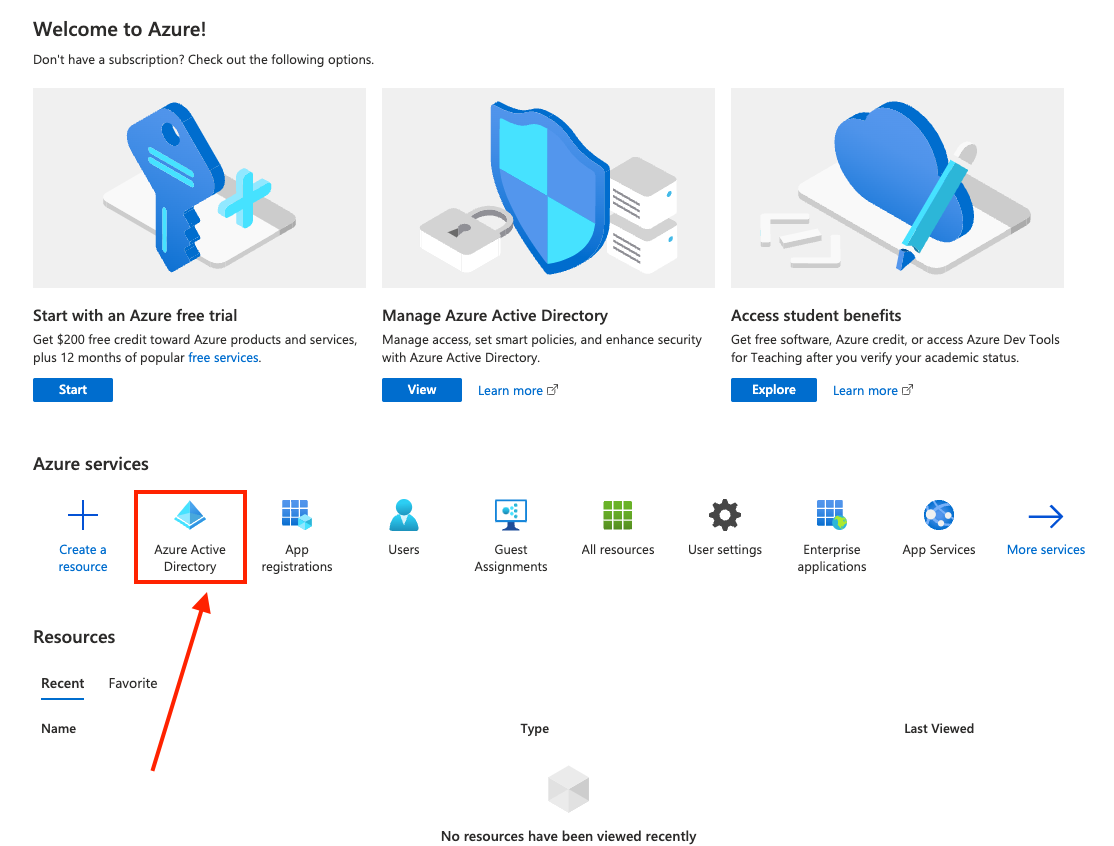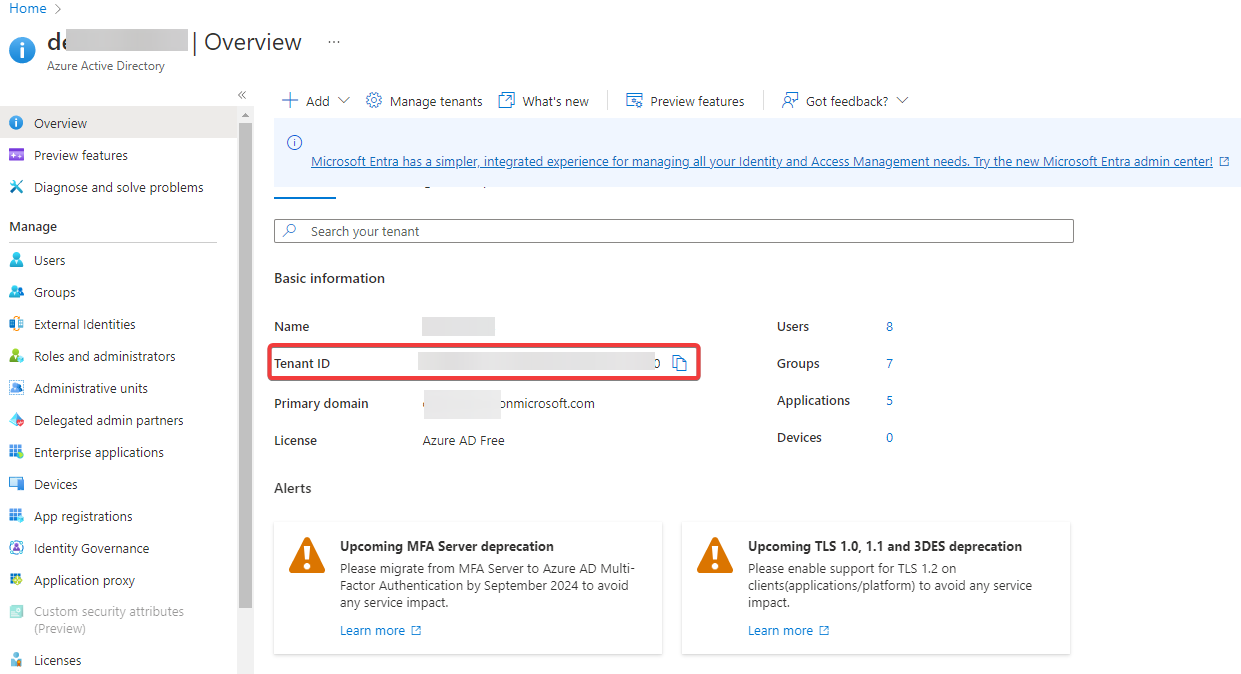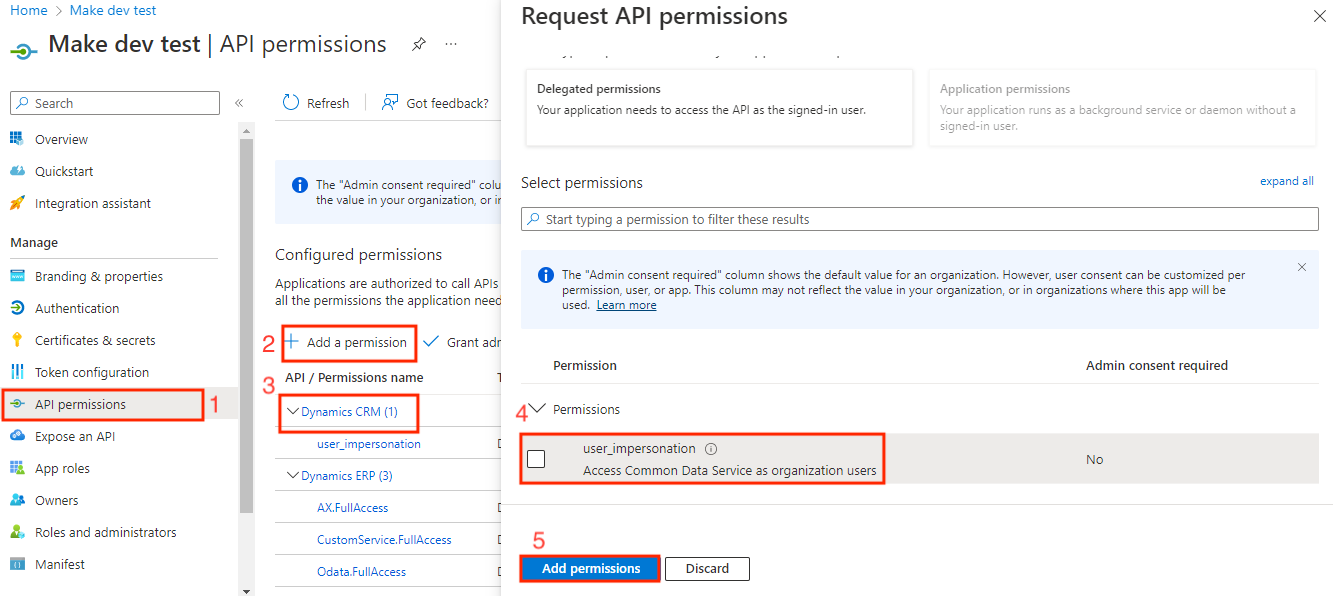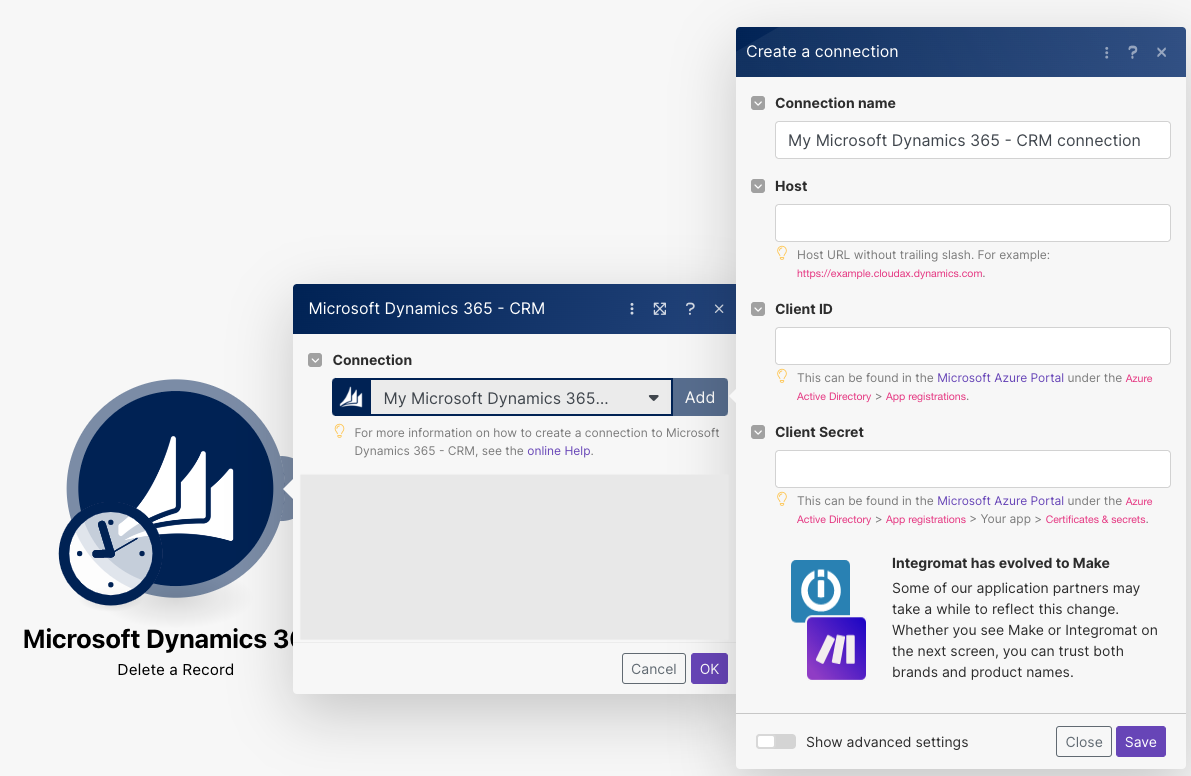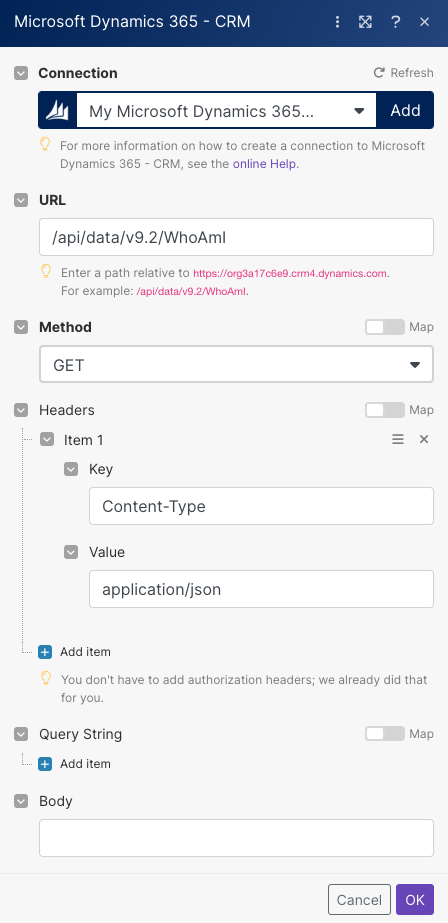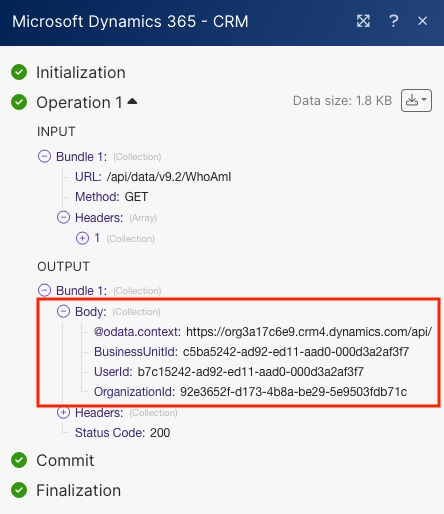| Active |
|---|
| This application does not need additional settings. So you can make connectionUnique, active service acces point to a network. There are different types of connections (API key, Oauth…). More only by using your login credentials or by following the instructions below . |
With Microsoft Dynamics 365 CRM app modulesThe module is an application or tool within the Boost.space system. The entire system is built on this concept of modularity. (module - Contacts) More in Boost.spaceCentralization and synchronization platform, where you can organize and manage your data. More IntegratorPart of the Boost.space system, where you can create your connections and automate your processes. More, you can search, create, update, retrieve, and delete recordsOne row in the Boost.space database. These are individual rows under spaces in each module. For example single products, but not their variants. More.
Prerequisites:
-
A Microsoft account — you can create one at account.microsoft.com/account
-
Azure Active Directory account — you can create one at azure.microsoft.com/en-us/free
-
Azure Active Directory Tenant – see How to get an Azure Active Directory Tenant
-
A Microsoft Dynamics 365 F&O apps subscription – see MS Dynamics 365 pricing
-
A Microsoft Dynamics 365 CRM apps subscription. See Microsoft Dynamics 365 pricing.
To connect your Microsoft Dynamics 365 app, you must obtain the client credentials and Tenant ID from the MS Azure Portal and insert them into Create a connection dialog with your Host URL.
-
Log in to MS Azure Portal.
-
Navigate to the Azure Active Directory service (
 ).
). -
Copy the Tenant ID to a safe place.
-
Click Applications > New Registration and enter the following details and click Register.
Name
Enter a name for the app.
Supported account types
Select the account type based on your preferences. If you are selecting the multitenant option,Accounts in any organizational directory (<your service> – Single tenant) , then the userCan use the system on a limited basis based on the rights assigned by the admin. More establishing the connection will have to:
-
use the Tenant ID during the connection creation
-
be in the same Tenant ID
Redirect URI (Optional)
Select the following options:
-
Platform: Web
-
Redirect URI:
https://integrator.boost.space/oauth/cb/microsoft-dynamics-365-crm
-
-
The Client ID and Tenant ID details appear on the app screen. To add a client secret, click Add a certificate or secret.
![[Note]](https://docs.boost.space/wp-content/themes/bsdocs/docs-parser/HTML/css/image/note.png)
Note The Tenant ID is mandatory for single-tenant apps and optional for multi-tenant apps.
-
Click New client secret, enter a description, select the expiry period for the client secret, and click Add.
-
Copy the value to use as a Client Secret to a safe place.
-
Click API Permissions > Dynamics CRM , select permission, click Add Permission and click Grant AdminAdmins in Boost.space have exclusive access to system settings. They manage the overall system setup, including appearance, language, currency, user settings, and the availability of individual modules to users and teams. More consent for.
You now have all the permission to connect to the app.
-
Log in to your Boost.space Integrator account, add a Microsoft Dynamics 365 moduleThe module is an application or tool within the Boost.space system. The entire system is built on this concept of modularity. (module - Contacts) More scenarioA specific connection between applications in which data can be transferred. Two types of scenarios: active/inactive. More, and click the Add button next to the Connection field.
-
Enter the following details and click Save.
Connection name
Optional: Enter the name of your connection.
Host
Enter the Host URL without trailing slash ” / ” and including HTTPS,
https://<example>.cloudax.dynamics.com.Tenant ID
Optional: Click Show Advanced Settings and enter the Tenant ID you have copied in step 3.
![[Note]](https://docs.boost.space/wp-content/themes/bsdocs/docs-parser/HTML/css/image/note.png)
Note The Tenant ID is mandatory for single-tenant and optional for multi-tenant apps.
Client ID
Enter the Client ID copied in step 5.
Client Secret
Enter the secret value copied in step 7.
-
Confirm the dialog by clicking the Accept button.
You have successfully established the connection. You can now edit scenario, add more Microsoft Dynamics 365 modules, and reauthorize your connection if required.
![[Note]](https://docs.boost.space/wp-content/themes/bsdocs/docs-parser/HTML/css/image/note.png) |
Note |
|---|---|
|
If the StatusCreate statuses for each module separately to create an ideal environment for efficient and consistent work. More Code ErrorService is unavailable due to a failure, a service responds with unexpected data or the validation of input data fails. More: 401 error displays, the Host URL could be inserted with the trailing slash (remove the slash at the end of the URL), or there can be another mistake in the Create a connection dialog field. |
You can create, update, retrieve, search, and delete records with the following modules.
TriggersEvery scenario has a trigger, an event that starts your scenario. A scenario must have a trigger. There can only be one trigger for each scenario. When you create a new scenario, the first module you choose is your trigger for that scenario. Create a trigger by clicking on the empty module of a newly created scenario or moving the... when a new recordOne row in the Boost.space database. These are individual rows under spaces in each module. For example single products, but not their variants. More has been created.
|
Connection |
Establish a connection to your Microsoft Dynamics 365 account. |
|
Logical Name |
Select or map the entity whose records you want to watch. |
|
Limit |
Set the maximum number of records Boost.space Integrator will return during one execution cycleA cycle is the operation and commit/rollback phases of scenario execution. A scenario may have one or more cycles (one is the default).. The default value is 2. |
Creates a new record.
|
Connection |
Establish a connection to your Microsoft Dynamics 365 account. |
|
Logical Name |
Select or map the entity for which you want to create the record. The entity property fields auto-populate based on your selection. For entity field descriptions, refer to MS Dynamics Web API Reference. |
Updates an existing record.
|
Connection |
Establish a connection to your Microsoft Dynamics 365 account. |
|
Logical Name |
Select or map the entity whose record details you want to update. |
|
Record ID |
Select or map the record whose details you want to update and edit the entity properties. For entity field descriptions, refer to MS Dynamics Web API Reference. |
Retrieves an existing record.
|
Connection |
Establish a connection to your Microsoft Dynamics 365 account. |
|
Logical Name |
Select or map the entity whose record details you want to retrieve. |
|
Record ID |
Enter the Record ID whose details you want to retrieve. |
Searches for records or lists them all.
|
Connection |
Establish a connection to your Microsoft Dynamics 365 account. |
|
Logical Name |
Select or map the entity name whose records you want to search. |
|
Filter |
Enter the filter value to search the records that match the specified value. See the query data for available filters. |
|
Select |
Enter a comma-separated list of fields to search the records. See the query data for available fields. |
|
Expand |
Enter the fields you want to expand in the response. See the query data for available fields. |
|
Order by |
Enter the order for the response. See the query data for available fields. |
|
Apply |
By using |
|
Limit |
Set the maximum number of records Boost.space Integrator will return during one execution cycle. The default value is 10. |
Deletes an existing record.
|
Connection |
Establish a connection to your Microsoft Dynamics 365 account. |
|
Logical Name |
Select or map the entity name whose records you want to delete. |
|
Record ID |
Enter the Record ID you want to delete. |
You can call APIs with the following module.
Performs an arbitrary authorized API call.
![[Note]](https://docs.boost.space/wp-content/themes/bsdocs/docs-parser/HTML/css/image/note.png) |
Note |
|---|---|
|
For the list of available endpoints, refer to the Microsoft Dynamics 365 API Documentation. |
|
Connection |
Establish a connection to your Microsoft Dynamics 365 account. |
|
URL |
Enter a path relative to your host URL. For example, |
|
Method |
GET to retrieve information for an entry. POST to create a new entry. PUT to update/replace an existing entry. PATCH to make a partial entry update. DELETE to delete an entry. |
|
Headers |
Enter the desired request headers. You don’t have to add authorization headers; we already did that for you. |
|
Query String |
Enter the request query string. |
|
Body |
Enter the body content for your API call. |

